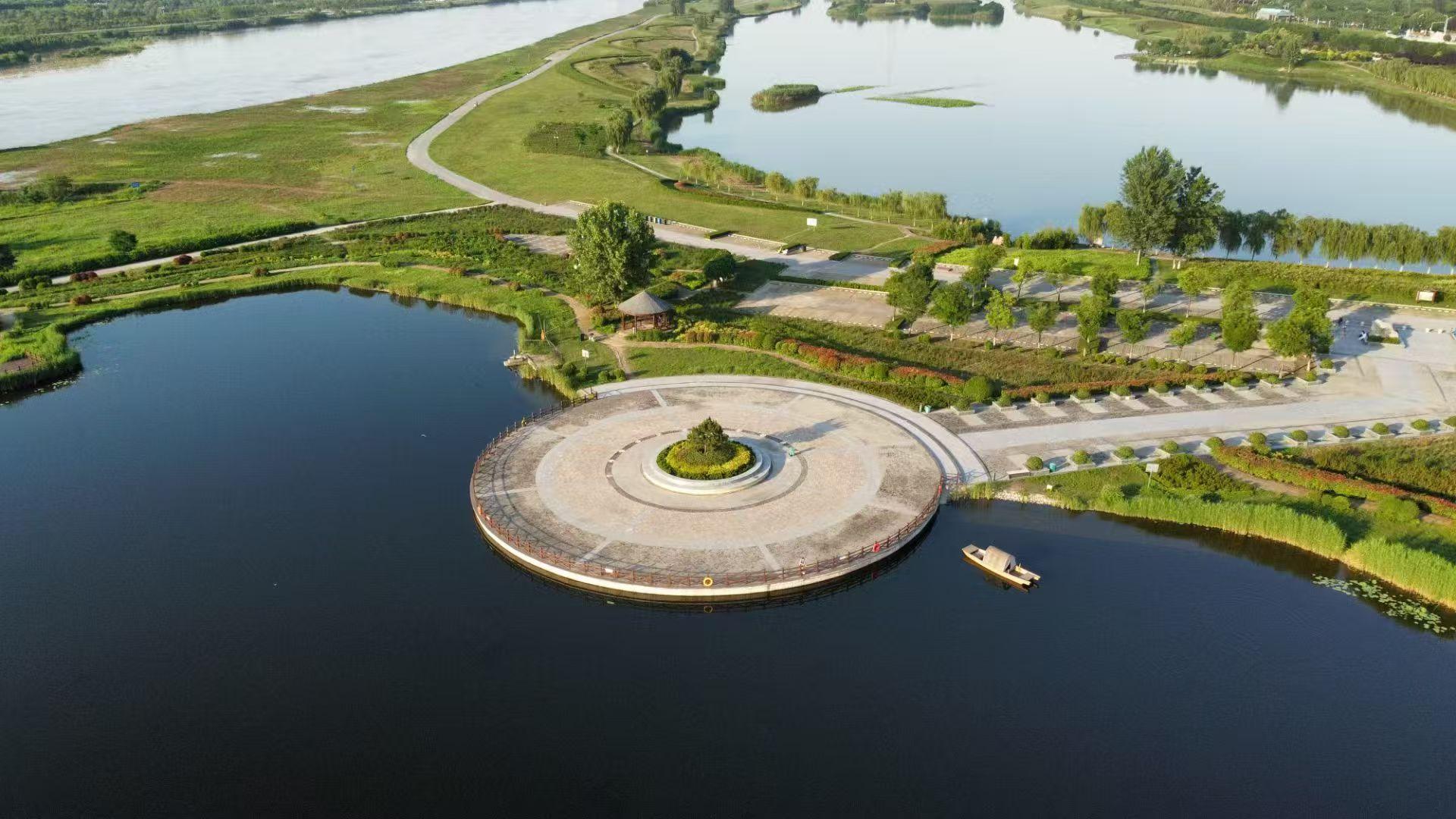On the Feasibility of Monitoring Crustal Deformation Using a High-Precision Gyroscopes and Sundial Network Based on Topological Vortex Theory (TVT)
發表於 2025-10-14 01:16:09
0
981

搜索
类别
- Art
- Causes
- Crafts
- Dance
- Drinks
- Film
- Fitness
- Food
- 遊戲
- Gardening
- Health
- 首頁
- Literature
- Music
- Networking
- 其他
- Party
- Religion
- Shopping
- Sports
- Theater
- Wellness
閱讀全文
Robot Palletizing Machine Fully Automatic Mechanical Arm Palletizing Production Line
Robot Palletizing Machine Fully Automatic Mechanical Arm Palletizing Production Line
Click to...
รีวิว RELX Infinity Plus และความคุ้มค่าของรุ่นก่อนหน้า
ในปัจจุบันบุหรี่ไฟฟ้าได้รับความนิยมเพิ่มขึ้นอย่างต่อเนื่อง โดยเฉพาะจากแบรนด์ RELX...
Decentralized Finance: Redefining Global Financial Systems
The Decentralized Finance Market Share is experiencing rapid growth as DeFi platforms and...
The quantum is not a cat that is both dead and alive (6)
References
Schrödinger, E. (1935). Die gegenwärtige Situation in der...
Crafting Excellence: The Art & Science Behind Our Premium Spirits Bottle Manufacturing
For spirits—whether it’s smooth whiskey, crisp gin, or luxurious brandy—the...

